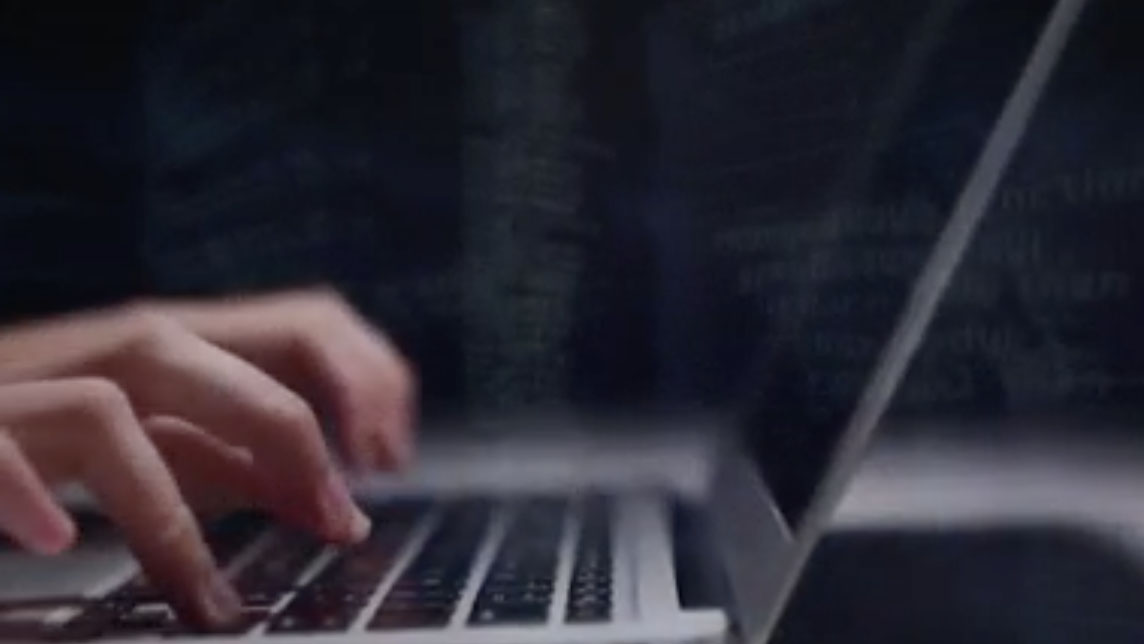A global art capital, New York City is home to many collectors and investors -- but federal authorities have uncovered thousands of works that don’t legally belong here.
Homeland Security Investigations agents have been trying to locate stolen artifacts, return them to their country of origin, and if possible, prosecute those that have stolen the art pieces. And since 2007, Homeland Security agents have returned around 8,000 artifacts to over 30 countries, including Iraq, Syria, India, Nepal, Afghanistan and Thailand.
In one such seizure in October, Homeland Security seized a multimillion dollar statue from an Upper East Side collector’s home that the Lebanon government had been trying to locate for decades.
Assistant district attorney Matthew Bogdanos says this happens quite frequently, especially among the wealthy.
“You have to have the disposable income and the willingness to buy these items – and maybe the willingness not to ask the hard questions,” he said.
However, prosecution isn’t always an easy task, he said. Art investigations are labor- and resource-intensive, and they can be expensive.
Chief assistant district attorney Karen Friedman Agnifilo notes prosecuting individuals can be difficult because they might not realize their possessions are stolen.
Local
"They sometimes have false or fake provenance – and it’s hard to prove that they took it or they had knowledge," she said.
However, Homeland Security investigator Gerald Handley said there are also some people that know exactly what they're doing.
"People will get the stolen artifacts and will sit on them for 10 or 15 years in order to falsify the customs paperwork," he said. "Just the amount of time that they hold onto these makes investigations much more difficult.”
According to Homeland Security, countries plagued by political unrest -- including Syria and Iraq -- are more prone to looting and have artifacts end up in New York.
These trends lend itself helpful to investigators, who say cases of stolen art often involve recurring perpetrators.
“It’s a far more incestuous universe than you might otherwise think,” Agnifilo said. “Sadly the reality is many of the same names do pop up.”



